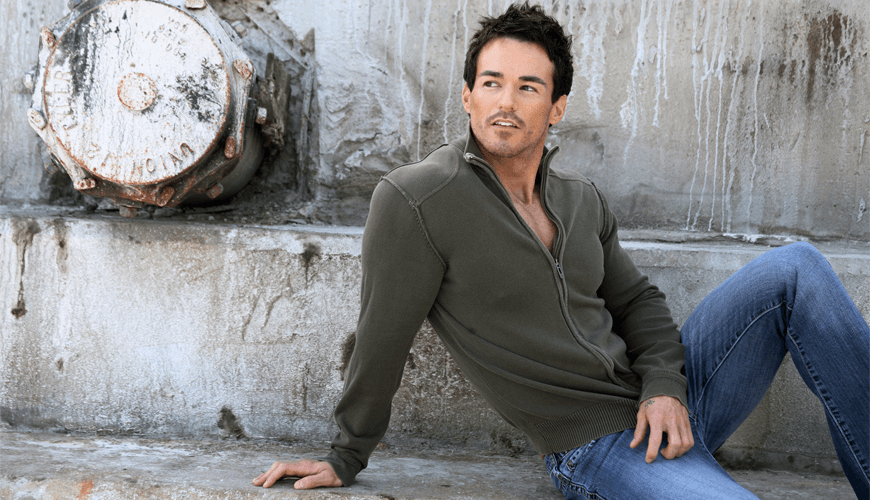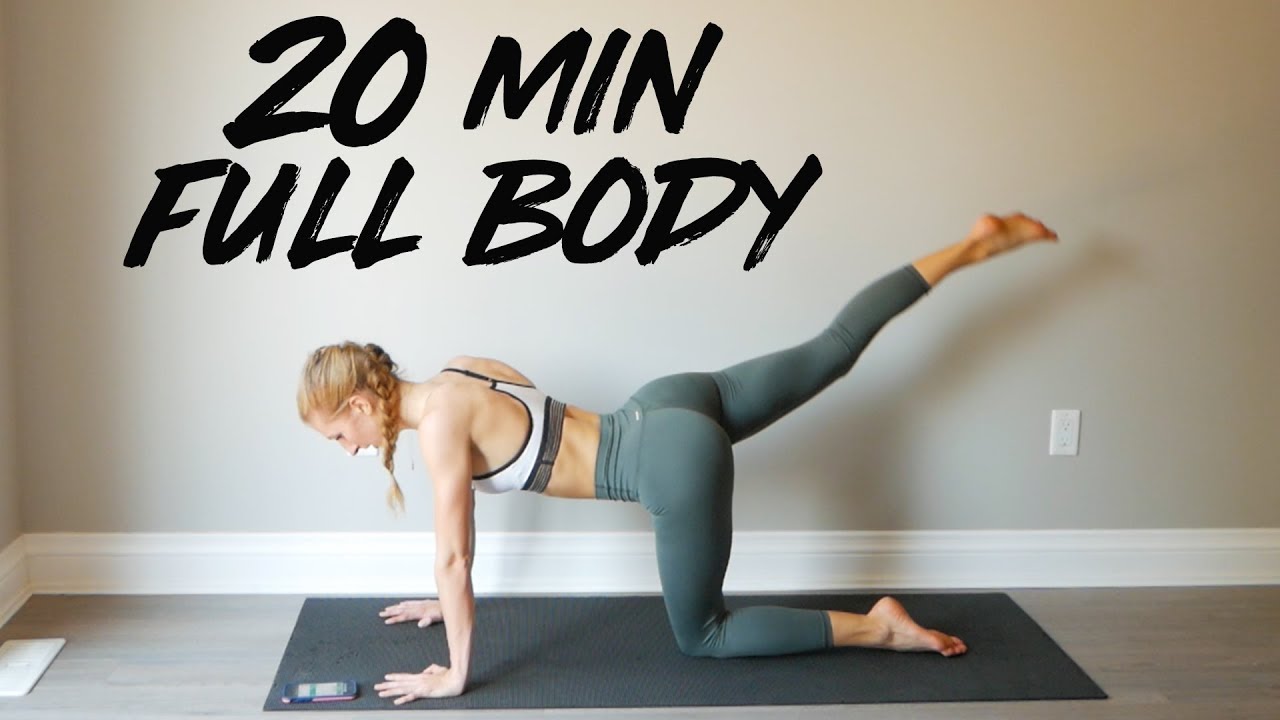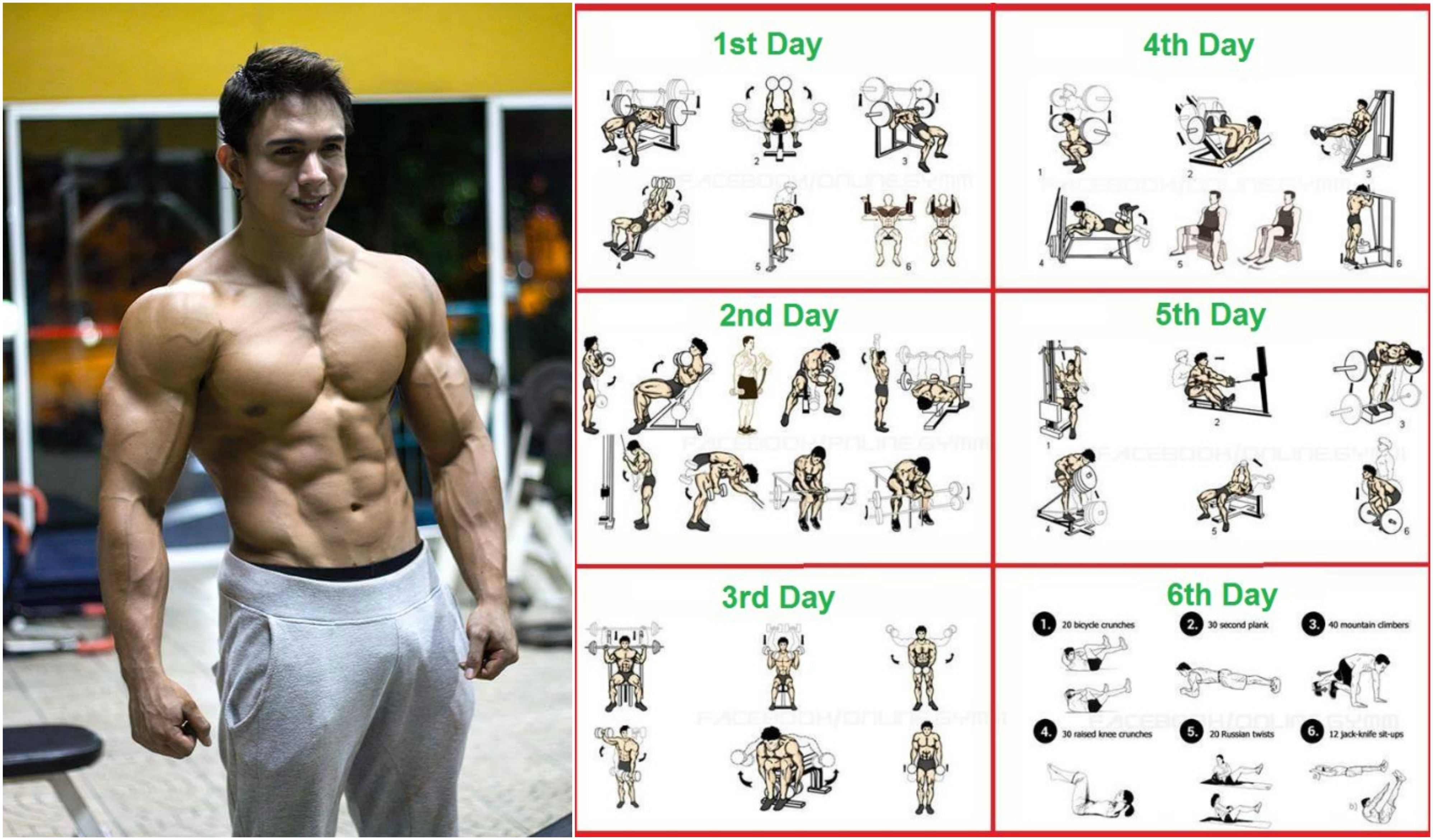
There are many factors to consider when purchasing a new pair of running sneakers. Some of these factors include comfort, stability, cushioning, and style. These are tips to help make a decision. In addition, you should know the brand of the sneakers and their warranty policies before you purchase.
Comfort
If you are planning to run a long race or just a long run, it is important to find comfortable sneakers. For the best running sneakers, it is important to consider price, cushioning and fit. You can wear these shoes for shorter runs. They should offer plenty of comfort and cushioning. When choosing the right shoes for you, consider your foot size.
It is important to have a midsole that offers both cushioning and responsiveness. The thick Flytefoam midsole keeps your feet cool on long runs. An all-in-one upper helps to prevent hot spots, and soft foam linings are also included. Brooks Adrenaline GTS 22 stability shoes offer a solid ride. Your feet will not be jarred when running for long distances.
Stability
Running is best when you have stability. Pronation too often can cause injuries like Achilles tendinitis (shin splints), iliotibial syndrome, and shin-splints. Patellofemoral problems can also result from overpronation. Many shoes for running lack stability or cushioning. A neutral shoe is better because it is lighter and more flexible but less stable. This allows your feet to naturally move through the gait cycle.

Running shoes with stability have sidewalls that run up the front of a shoe like a guiderail. This helps stabilize the foot. Full ground contact outsoles provide full ground contact which allows for smoother transitions forward.
Cushioning
Many barefoot runners have argued that cushioning in running sneakers is a major cause of injury. But the evidence has been conflicting. A recent study found that shoe cushioning might not be the major cause of injury. The study authors noted that the expectation of how a shoe might feel is a factor.
Even though cushioning is an important aspect of running shoes, it can be very variable. Longer runs might require more cushioning. It will reduce impact and fatigue. Conversely, a shoe with less cushioning may be better for shorter runs. The most important thing is to find the perfect shoe for your running style.
Style
It is essential to choose running shoes that fit your style. The best shoes will not only have great traction, but they should also be light and comfortable. The best running shoes have extra features such as arch support. A pair with knee support can be found.
Fortunately, many athletic brands have recently released stylish running shoes that will complement any outfit. These shoes can be worn with jeans or sports bras and even with a fashionable sundress. Athletic sneakers come in all price ranges, from the budget-friendly to the high-end.

Price
Running shoes can run up to $100. These shoes can be cheaper if you buy used models. Shoe companies usually introduce new models every one-to two years. A few pairs can be purchased to save money. A variety of pairs are available for various purposes, such as running and walking. You'll be more comfortable, and it will also save you money. But, you should expect to wait several years before replacing your current ones.
If you are looking for sneakers for running, ensure that you choose a brand that is made specifically for it. Nike is a very popular brand. Its sneakers are as cheap as $100. They are comfortable, and they come in many styles and colors. They are versatile, so they can be used for running on dirt or trails. The Nike shoes are still very affordable, even though they are not as high-end as the latest Saucony model.
FAQ
Is it safe for me to exercise in cold temperatures?
Outside exercise is encouraged whenever possible. While the air temperature is a major factor in determining whether or not it's safe to exercise outside, it's not the only one. The factors that determine whether it's safe to exercise outdoors include wind speed, humidity, rain, visibility, and even visibility. If you exercise outdoors in inclement weather, wear layers of clothing that protect you from wind chill and rain.
How many hours of sleep should I get every night?
The amount of sleep recommended depends on your age, gender, and personal needs. Most adults require between 7 and 9 hours of sleep each night. Children and teenagers need 10 to 12 hours of sleep per night. As they age, however, this number falls.
Can I eat while I exercise?
Yes. While you're working out, you can eat whatever you'd like. Choose low-calorie snacks like watermelon. These foods provide nutrients that improve your performance during exercise.
Statistics
- Adolescent girls were less active than adolescent boys, with 85% vs. 78% not meeting WHO recommendations of at least 60 minutes of moderate to vigorous intensity physical activity per day. (who.int)
- One study showed that adults who watch more than 4 hours of television daily had an 80% higher risk of death from cardiovascular disease. (heart.org)
- In high-income countries, 26% of men and 35% of women were insufficiently physically active, as compared to 12% of men and 24% of women in low-income countries. (who.int)
- An estimated 110,000 deaths per year could be prevented (cdc.gov)
External Links
How To
How to Burn Belly Fats Quicker
When trying to lose weight, belly fat is often viewed as a problem. If you look at it, belly fat is actually a positive thing. Your organs are protected by the fat around your stomach. Let's look at how to rapidly lose belly fat.
Lack of exercise and stress are the main reasons we store body fat. Cortisol hormone is stimulated by stress, which causes us to feel constantly hungry. Cortisol levels are increased by insulin. The excess calories are stored as fat by insulin. Lack of sleep causes the release of adrenaline into our system, leading to increased appetite. Exercise helps to break down these extra calories.
There are many options to reduce belly weight. All of these methods can be used, depending on your budget. These are some great tips to help you lose belly fat fast.
-
Try to eat less food. Instead of eating three large meals a day, eat smaller meals. This will result in fewer calories.
-
Drink lots of water. Water helps flush out toxins from the body and keeps you hydrated. Water before each meal can help you feel fuller longer and reduce your appetite so that you don't overeat.
-
Avoid snack foods that are unhealthy. If you're looking for quick fixes, snack foods like chips, cookies, candies, etc. It might sound tempting. These fattening treats are best avoided as they have too many empty calories and sugar. Choose healthy alternatives like fruits and vegetables, nuts, seeds, whole grains, and seeds.
-
Three times per week, strength training is recommended. Strength training increases muscle mass, which can help you burn more calories while still resting. It strengthens bones and muscles, ligaments, muscles, tendons, heart, lungs, as well as joints.
-
Move regularly and stretch. Stretching improves flexibility and mobility which can reduce back pain. Walking is a great way of burning calories, especially when you do it for just 30 minutes.
-
Reduce alcohol intake. Your diet is empty of calories, and alcohol has no nutritional content.
-
You can lose weight slowly. Finding out your current weight is the first step in losing weight. Calculate your ideal weight by adding approximately 5% to 10% of the total weight. Once you have calculated your target body weight, you can begin to cut calories by 500-1000 calories every day until your goal is reached.
-
Avoid processed foods. These foods are high-in salt, sugar, as well as preservatives. Although they are convenient, processed foods don't have enough nutrients to sustain your health.
-
Don't skip breakfast! A good breakfast can improve concentration, memory, as well as energy level. Breakfast should contain protein (like eggs), fibre (like oats), as well as complex carbohydrates (like oatmeal).
-
Have regular bowel movements. Constipation and irregularity can cause gas and bloating. You can prevent this by drinking lots of water and increasing your fiber intake.